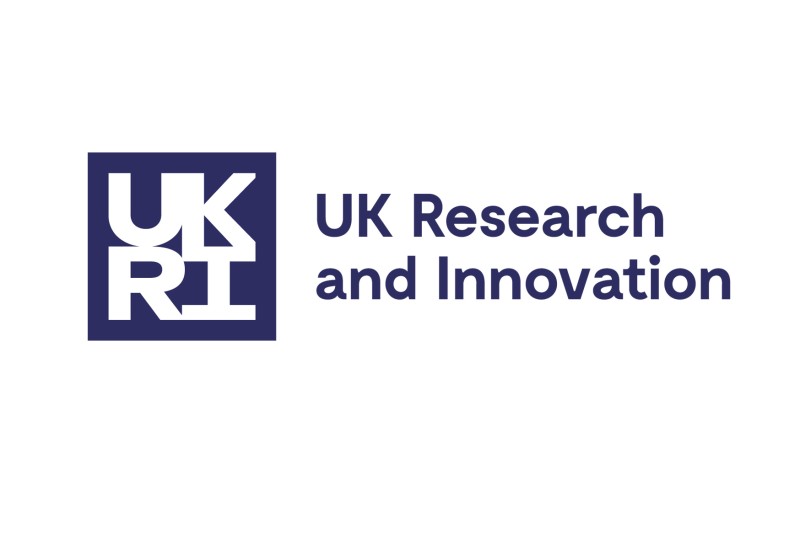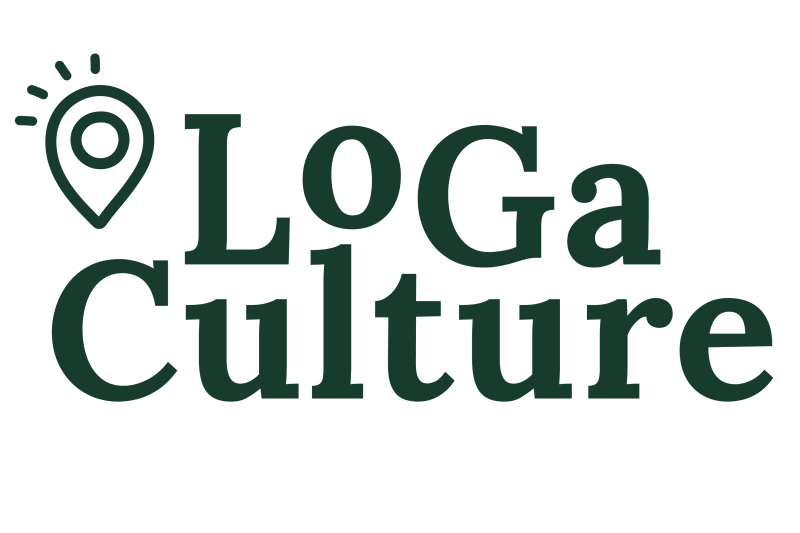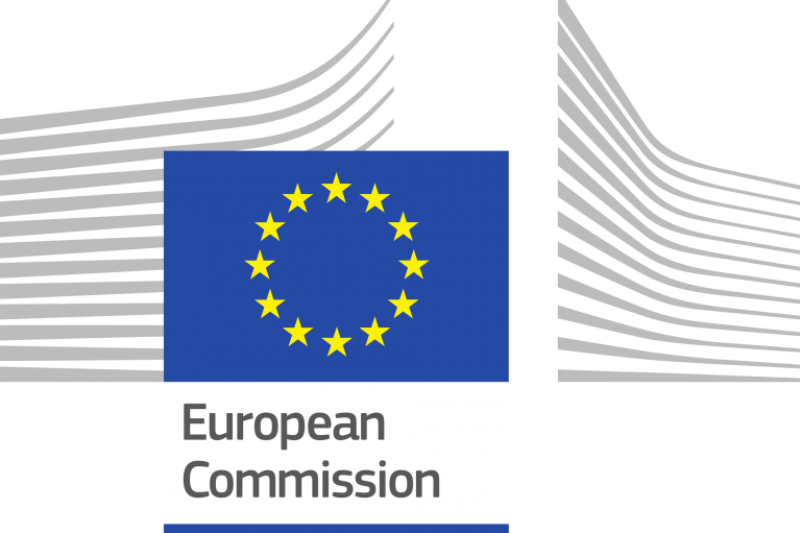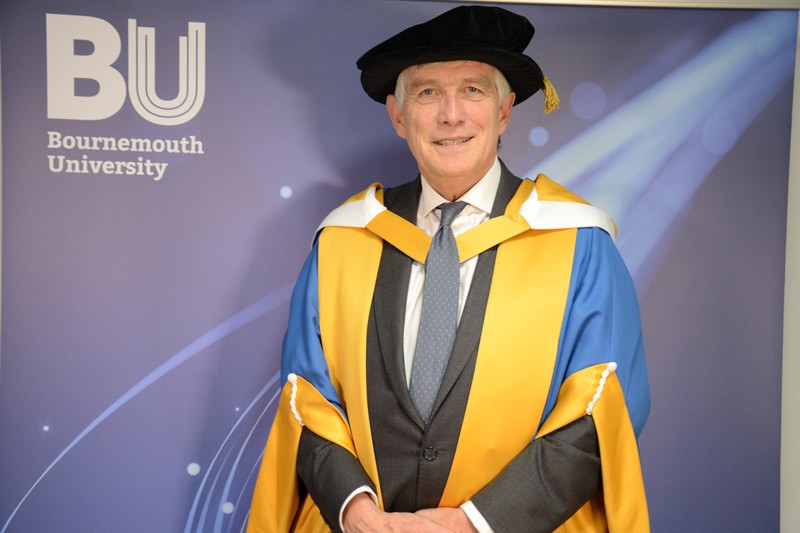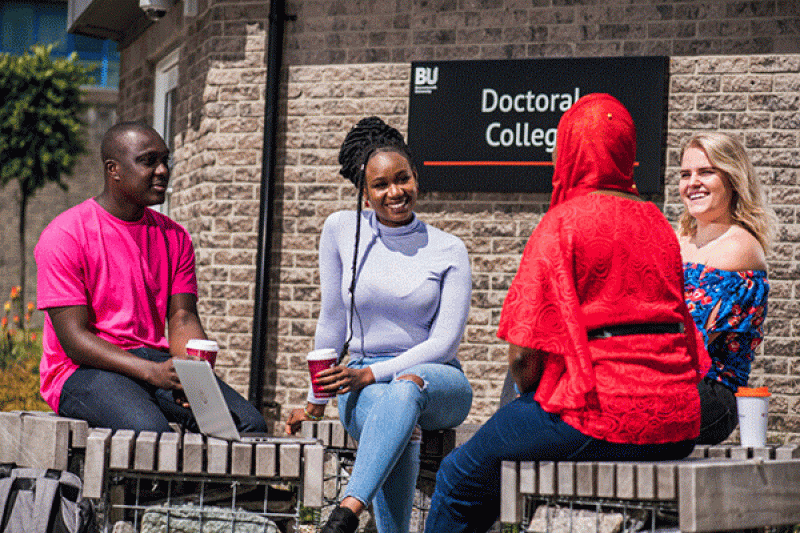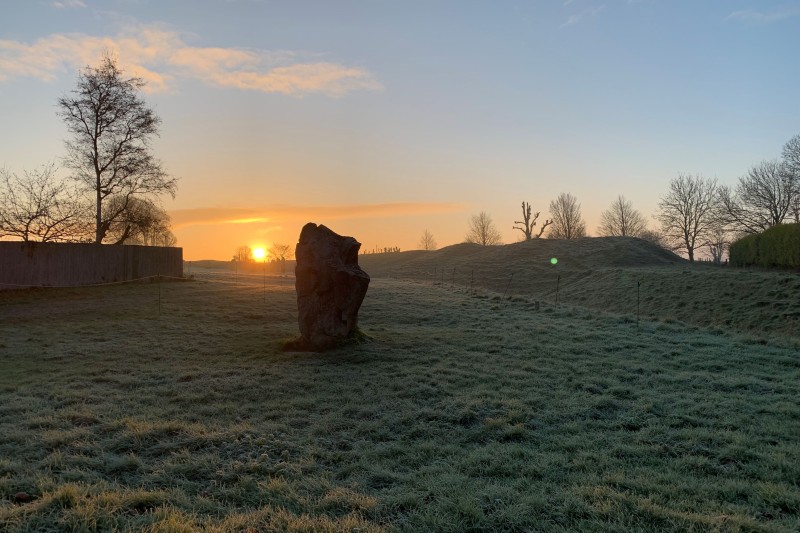
Avebury stone circle has been chosen for an international project that will give visitors a chance to experience the site’s history in new and immersive ways, using interactive games on their phones or other mixed reality technology.
Gaming and technology experts from Bournemouth University will lead the development of technology for creating mixed reality experiences – as well as several games that will combine computer generated content with a player’s real-world surroundings as they explore the historic site.
The initiative will be part of LoGaCulture (Locative Games for Cultural Heritage) which has launched this month, with partners funded by the European Union’s Horizon programme and UK Research and Investment (UKRI). This project will explore how a new generation of innovative geolocation-based games might benefit European society through its cultural heritage sites.
Dr Charlie Hargood, Principal Academic in Games Technology at Bournemouth University said, “Mixed reality locative games present a new storytelling and interaction medium for the rich narrative potential of heritage sites like Avebury.
“These places are filled with stories, events, and ideas to explore. Mixed reality games allow us to engage with these in ways not available to us until now. This can help us reach new audiences to increase engagement with our cultural heritage, but we can also explore how this technology can help preserve cultural heritage and understand the ethical implications of mixed reality technological deployments.”
Avebury is one of four sites to be included in the LoGaCulture project. The others are the Natural History Museum of Funchal and its nearby forests in Portugal, the Battle of the Boyne and The Hill of Tara in Ireland, and the Senckenberg Research Institute and Natural History Museum Frankfurt in Germany.
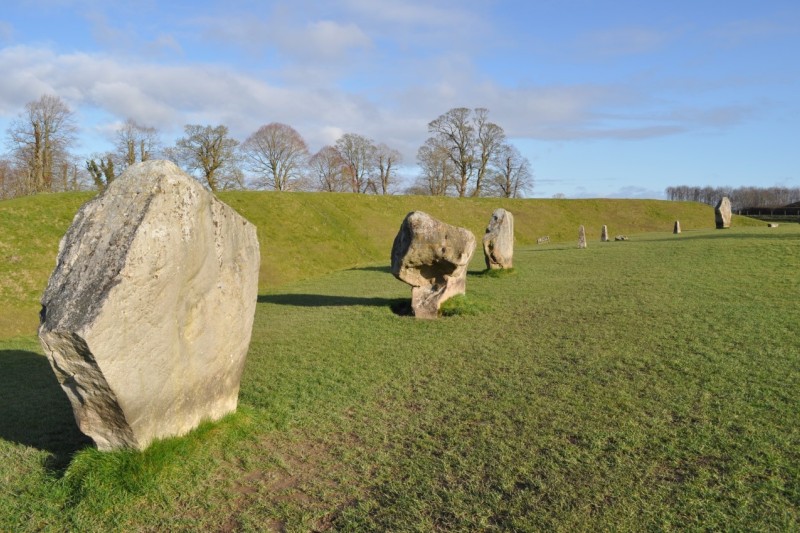
Currently dated to the first half of the 3rd Millennium BCE, the megalithic monuments at Avebury form part of the UNESCO Stonehenge and Avebury World Heritage Site. It contains the world's largest stone circle at almost 350m in diameter, with avenues of paired standing stones that extend out into the landscape for 3.5km to link Avebury to a host of other important prehistoric structures.
Dr Hargood and his team in Bournemouth will now work with designers to determine what the immersive experiences could look like.
"Locative games could take many forms. They might be choice based interactive stories, intelligent and playful tour guides, adventure games where the player seeks to solve puzzles, simulations of life past, or even locative treasure hunts like Pokemon Go!” he said.
“Part of the important work that LoGaCulture will address is to identify what forms of play and game mechanics best suit mixed reality cultural heritage," he concluded.
The LoGaCulture project consortium is led by Valentina Nisi, Associate Professor at the Interactive Technologies Institute and Instituto Superior Técnico. Other partners include University of Southampton, Trinity College Dublin, RheinMain University of Applied Sciences, Municipality of Funchal, European Centre for Cultural Organisation and Management, Senckenberg Society for Nature Research, the Office of Public Works of Ireland, and the National Trust (UK).
Bournemouth Universities role within LoGaCulture is funded by UKRI. More information is available here.
